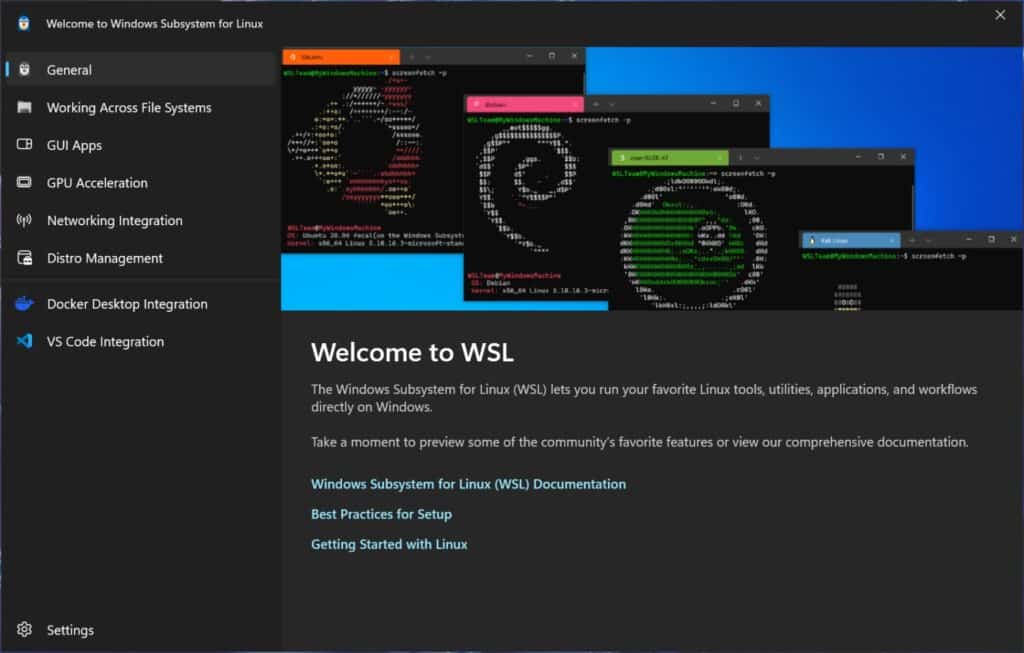Microsoft and Red Hat have announced a groundbreaking collaboration to enhance enterprise development in hybrid environments: Red Hat Enterprise Linux (RHEL), the leading enterprise Linux distribution, will officially integrate with the Windows Subsystem for Linux (WSL). This development marks a significant step towards increased flexibility and efficiency for developers and businesses operating across Windows and Linux environments.
What Does This Integration Mean?
The Windows Subsystem for Linux enables users to run Linux environments directly on Windows machines without the need for full virtual machines. With the addition of RHEL to WSL, developers can now work with the same Linux distribution used in enterprise production environments. This eliminates compatibility issues and saves time in the creation and testing of applications.
Ron Pacheco, Senior Director of the RHEL ecosystem at Red Hat, emphasized the significance of this integration:
“We are committed to providing more options and flexibility for developers, and working with Microsoft to bring RHEL to WSL is a key step in that direction.”
New Tar-Based Architecture
The launch of RHEL on WSL also introduces a new tar-based distribution architecture. This simplifies the process of creating and installing WSL distributions, removing the need for Windows-specific code.
Key features of this architecture include:
- Ease of Configuration: Developers can define attributes like the distribution name, icons, and initial setup commands directly in a Linux configuration file (
/etc/wsl-distribution.conf). - Flexible Installation Options: Users can install distributions on separate hard drives and customize locations with commands like
wsl --install --location. - Improved Error Messaging: Error messages are now clearer, simplifying troubleshooting.
This architecture also enables personalized “out-of-box” (OOBE) experiences on both Linux and Windows, allowing end users to configure their environments to meet specific needs.
Benefits for WSL Users
The inclusion of RHEL in WSL offers numerous advantages for developers and enterprises:
- Consistent Environments: Developers can build and test applications in the same Linux environment used in production.
- Enhanced Automation: Users can execute pre-configuration commands, streamlining the installation process.
- Improved Support: Clearer error messages and customizable configurations make WSL easier to use, especially in enterprise environments.
Enterprise-Grade Security and Support
Microsoft is also expanding WSL’s capabilities to bolster enterprise security. Integration with Intune and Entra ID will allow IT administrators to manage and enforce compliance policies for WSL distributions on Windows devices. These features strengthen organizational security by providing visibility and control over the Linux distributions and versions running on managed systems.
Improved Experience for New Users
To help new users, Microsoft has introduced an updated onboarding experience for those installing and running their first WSL distribution. This includes an interactive guide that explains WSL’s key features and provides links to more detailed documentation.
Availability and Future Outlook
While a specific release date has yet to be announced, RHEL is expected to become available on WSL in the coming months. As an official WSL distribution, users will be able to install it easily using commands like wsl --install or wsl --list --online.
Both Microsoft and Red Hat have reaffirmed their commitment to enhancing development experiences in hybrid environments. This integration is just the beginning of what promises to be a productive collaboration between the two companies.

